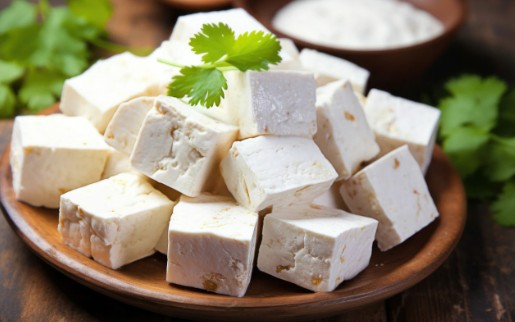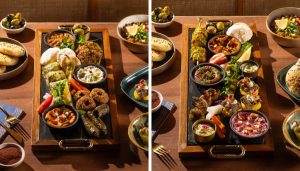What’s in Your Paneer? Mumbai Diners Urged to Check Menus for Substitutes

Mumbai, 5th August 2025: The Food and Drug Administration (FDA) has issued a directive requiring hotels, caterers, and food service providers to clearly label the use of analogue paneer, a non-dairy alternative increasingly used in commercial kitchens across Mumbai.
The move follows growing consumer complaints about restaurants and institutional kitchens serving analogue paneer without disclosure, leading to confusion and concerns about food quality and health.
While the use of cheese analogues in food service has been legal since 2021, FDA officials have raised red flags over their use as a substitute for traditional paneer — especially when menus fail to reflect the difference.
“Establishments using analogue paneer must inform consumers either through signage, menu descriptions, or on packaging,” an FDA official told this correspondent. “This is to ensure transparency and prevent misrepresentation.”
What Is Analogue Paneer?
Unlike traditional paneer made by curdling milk, analogue paneer is often created using vegetable oils, starches, and plant proteins. The substitute is firmer in texture, making it suitable for mass cooking and longer shelf life, but it differs significantly in nutritional content.
Rajesh Bothra, a Navi Mumbai-based nutritionist and gym trainer, explained the nutritional gap between the two.
“Traditional paneer offers 18–20 grams of high-quality animal protein per 100 grams. It’s complete in amino acids, making it excellent for muscle repair and metabolism,” he said.
“Analogue paneer, on the other hand, provides only 7–10 grams of protein, and that too from plant sources, which are not always complete unless fortified.”
Industry Responds to New Norms
Restaurateurs say they are complying with the labelling mandate but agree that consumer awareness remains low.
“Yes, analogue paneer is cheaper and useful for large-scale catering, but disclosures are essential. Customers have the right to know,” said Pradeep Shetty, owner of Maharaja Catering and spokesperson for the Hotel and Restaurant Association of Western India (HRAWI).
Sudhakar Shetty, president of the Association of Hotels and Restaurants (AHAR), added: “Several food chains have already started following the guidelines. However, more awareness campaigns are needed so that diners know what they are consuming.”
Regulatory Changes Ahead
The central government is currently reviewing a proposal to allow food-grade coloring in analogue paneer. This would help consumers visually differentiate it from traditional paneer — a step that could curb misrepresentation and ensure informed choices.
Dairy Industry Flags Supply Gaps
Some in the dairy sector point to high demand and inconsistent milk supply as reasons for the growing popularity of paneer substitutes.
“Because of rising demand and limited availability of milk, some producers are turning to powdered milk or even lower-cost analogue options,” said Nemaram Agarwal of Rajlaxmi Dairy in Powai.
As health-conscious consumers and food safety authorities push for transparency, the debate over paneer versus its analogue counterpart is expected to intensify in the coming months — especially as more customers begin reading the fine print on their menus.








